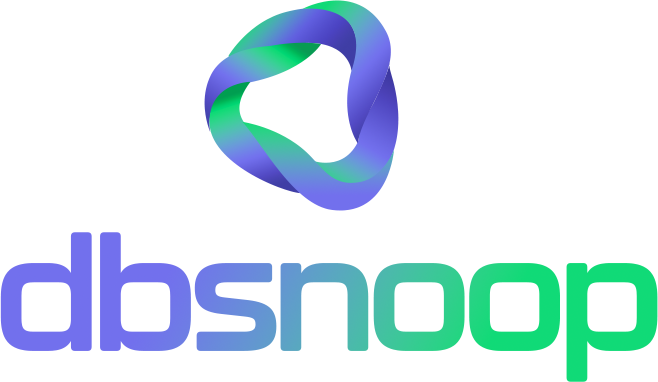

The DevOps routine and the pressure for rapid deployments often lead us to ignore small warning signs – like slowness. The query that takes 200ms longer to execute, the report that takes 30 seconds instead of 10, the login that occasionally fails…
These are small indications of slowness that the database gives when it’s struggling, but in the rush of everyday life, they are put on the back burner. The thinking is: “it’s not broken, so let’s focus on what really matters.”
However, slowness is not an isolated problem; it’s a symptom of something bigger. Ignoring these signs is like postponing your car’s oil change: it will continue to run for a while, but engine damage will be inevitable. And in the world of databases, this damage manifests in four expensive and dangerous ways.
1. Direct Loss of Revenue
Database slowness has a direct impact on your bottom line. With every second of delay, your e-commerce’s abandonment rate increases, new customer conversion drops, and user satisfaction plummets.
Practical Example: If your database is slow, a customer’s checkout might take a long time to load or, worse, fail. The impatient customer abandons the purchase and goes to a competitor. You not only lose the sale but also lose the customer forever. It’s a loss that is often not measured, but it is real and painful.
2. Increased Cloud Costs (FinOps in Reverse)
The cloud gives you flexibility, but it also charges for what you use. An inefficient query consumes more CPU, RAM, and I/O than necessary. This waste translates into a slow and steady increase in your bill.
The Vicious Cycle: Your application is slow because of an inefficient query. To “solve” it, your team increases the server’s capacity. The database now has more resources to execute the same bad query, and the performance problem is masked, but your cloud cost doubles without resolving the root cause.

3. Impact of Slowness on Reputation and Brand
Your application’s performance is a reflection of your brand. An application that is consistently slow or has timeout errors is seen as unreliable.
The Snowball Effect: User frustration can lead to negative reviews, social media comments, and a reputation as a “service that always fails.” This drives away new customers and, in the long run, becomes a major obstacle to your business growth.
4. Team Burnout and Loss of Productivity
Reactive troubleshooting is exhausting. When a critical slowness problem occurs, your team has to drop what they’re doing to fight a fire. The time they spend digging through logs, trying to understand the cause, and applying temporary solutions is time not dedicated to innovating or developing new features.
The Human Cost: The “firefighting” cycle leads to stress and frustration, hurting team morale and, in extreme cases, resulting in burnout and the departure of valuable talent.
The Solution Isn’t to React, It’s to See the Inevitable
dbsnOOp was created to break this cycle. Our platform is an AI assistant that doesn’t wait for disaster to happen. We use artificial intelligence to detect small signs of degradation in real time, before they turn into major problems.
dbsnOOp correlates each warning sign with the exact context: the inefficient query, the execution plan that changed, and the financial impact that the slowness is causing. We give you the complete diagnosis and the ready-made solution, so your team can act proactively, not reactively.
Don’t wait for your database to break. Start listening to the signs today and protect your business.
Ready to go beyond monitoring and have true observability?
Schedule a demo here.
Learn more about dbsnOOp!
Learn about database monitoring with advanced tools here.
Visit our YouTube channel to learn about the platform and watch tutorials.


